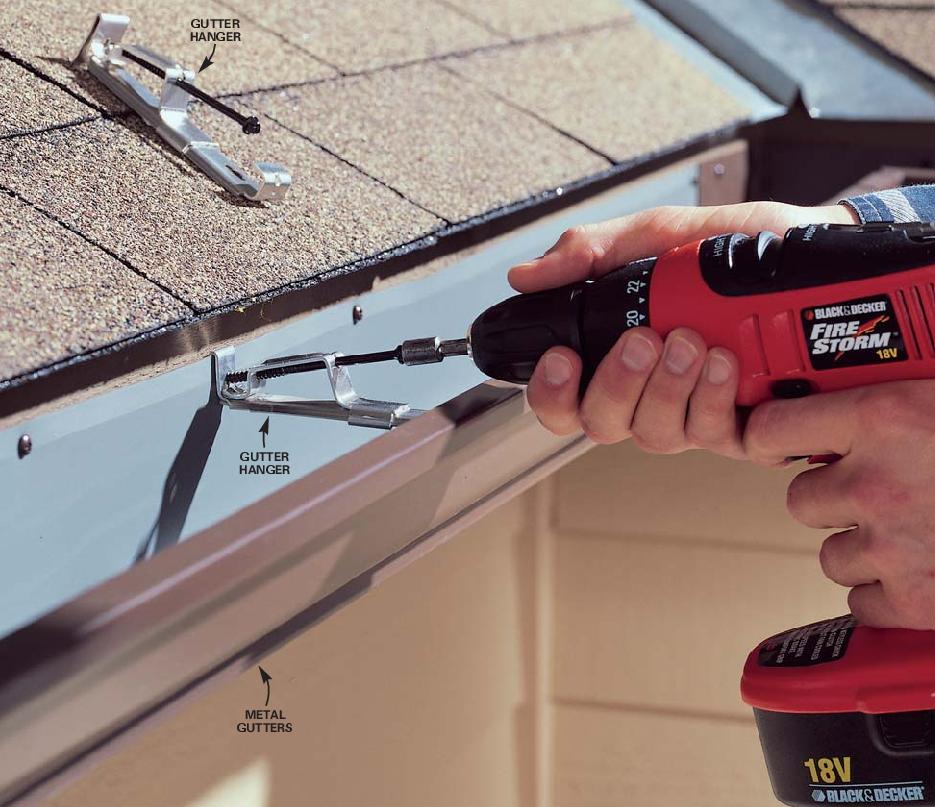Rain gutters are very important because they prevent water from pooling in the house. They are necessary to keep basements and crawl spaces dry. They are usually made from highly durable materials such as aluminum, wood and vinyl. Likewise, copper and galvanized steel are also used because of their durability and other desirable qualities. However, they can still succumb to various kinds of problems like rust and cracks. In order to solve these kinds of problems, it is good to learn how to fix rain water gutters.
Materials Needed
If you wish to accomplish this moderately easy task, you need a number of important materials. For this, you must have caulking, flashing material and roofing cement. Aside from these, be sure to bring in course sandpaper, a towel and a wire brush. Once you have these things, you can start right away and fix all those damages.
Steps
Before repairing the damages, you must first clean the areas surrounding the leak. For this step, you only need water and a wire brush. After cleaning these areas, dry them up with a towel. Get the sandpaper and then use it all throughout the leaks. In every hole, apply roofing cement approximately 3 inches thick. Aside from the obvious holes, be sure to fix other possible sources of leaks like cracks and tears.
For larger holes, it is advisable to use a small sheet of flashing material. This can help cover the leaks properly. Put the flashing on top of the roofing cement. Be sure to keep the moisture out of the edges by pushing it. To achieve the best results, you must remove all the old adhesive and caulking. You can do this step using only water and a wire brush.
Check the downspout for leaky sections. Be sure to remove all of them. Apply caulking all over the edges and then install the replacements. Wait until the caulking dries up completely.
Additional Tips and Other Helpful Information
For gutters that are made up of vinyl and PVC, you must use rubber gaskets. In case a part of a gutter is removed, you must take all the other parts off as well. Fix all the damages first before reinstalling them all properly.
When working on this task, you can protect your hand by wearing safety gloves all the time. For your eyes, you can wear safety goggles. Avoid working on top when the roof is wet. Instead, do it when the weather is fine and dry. This way, accidents can be prevented more easily.



